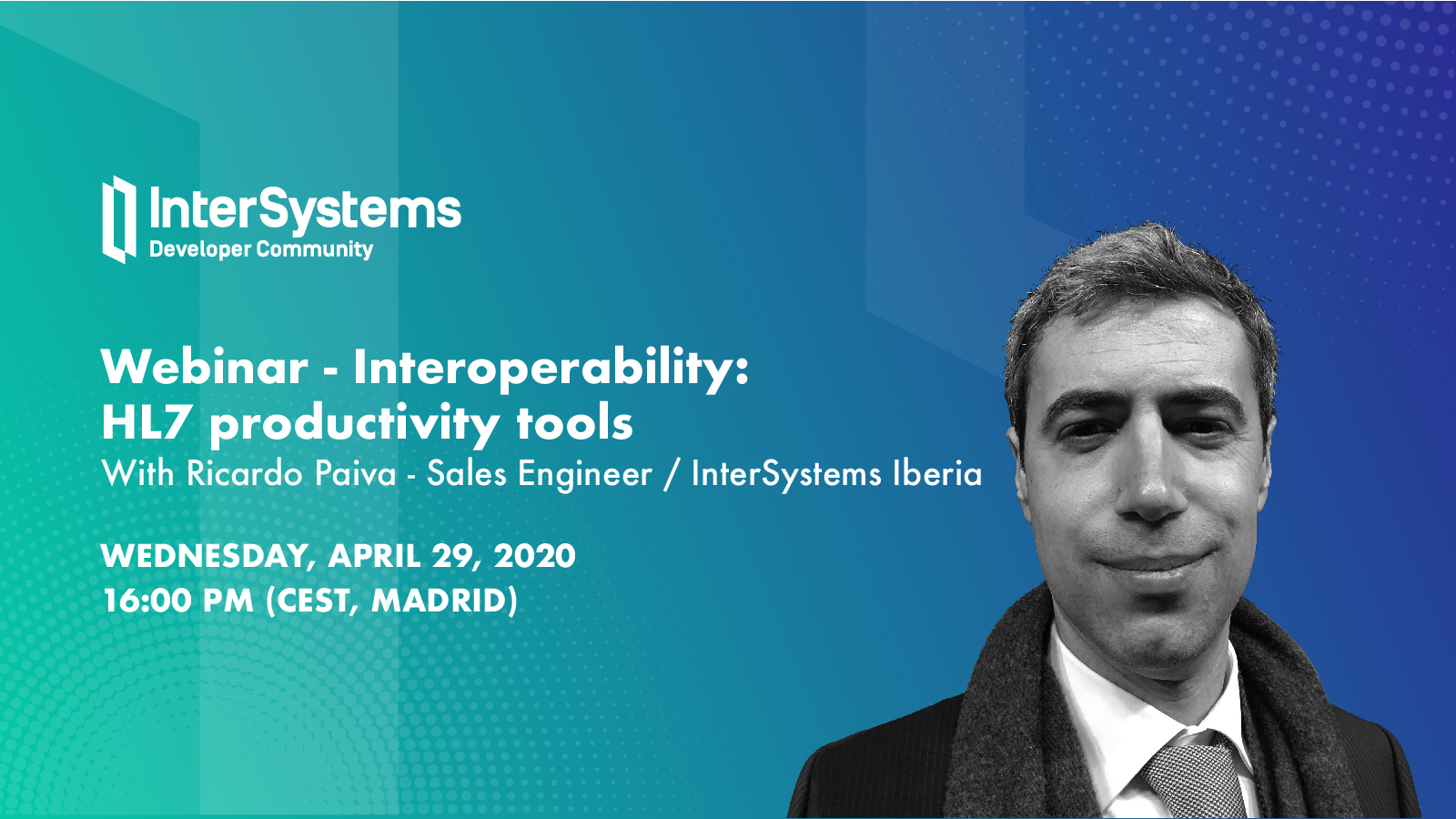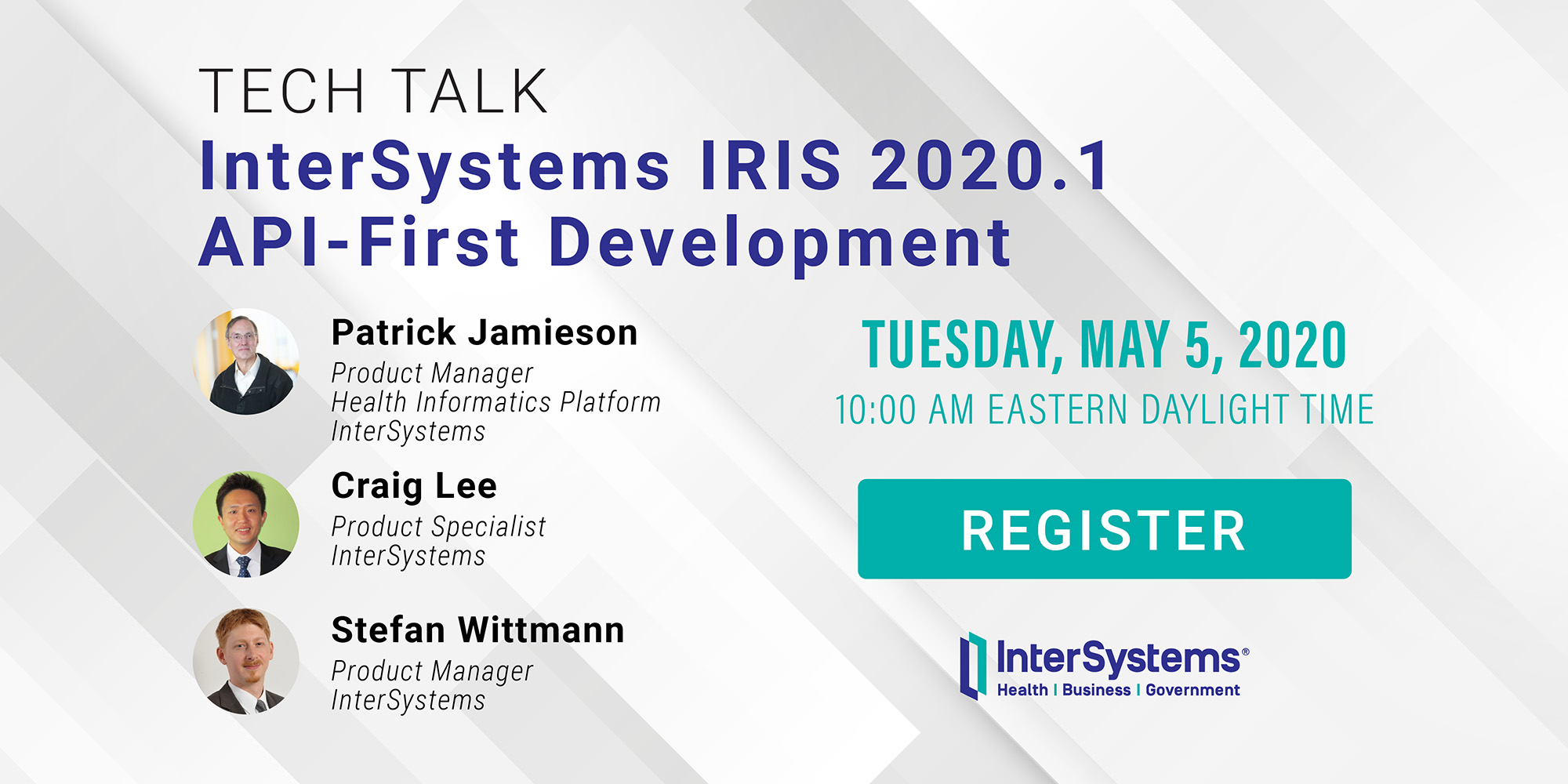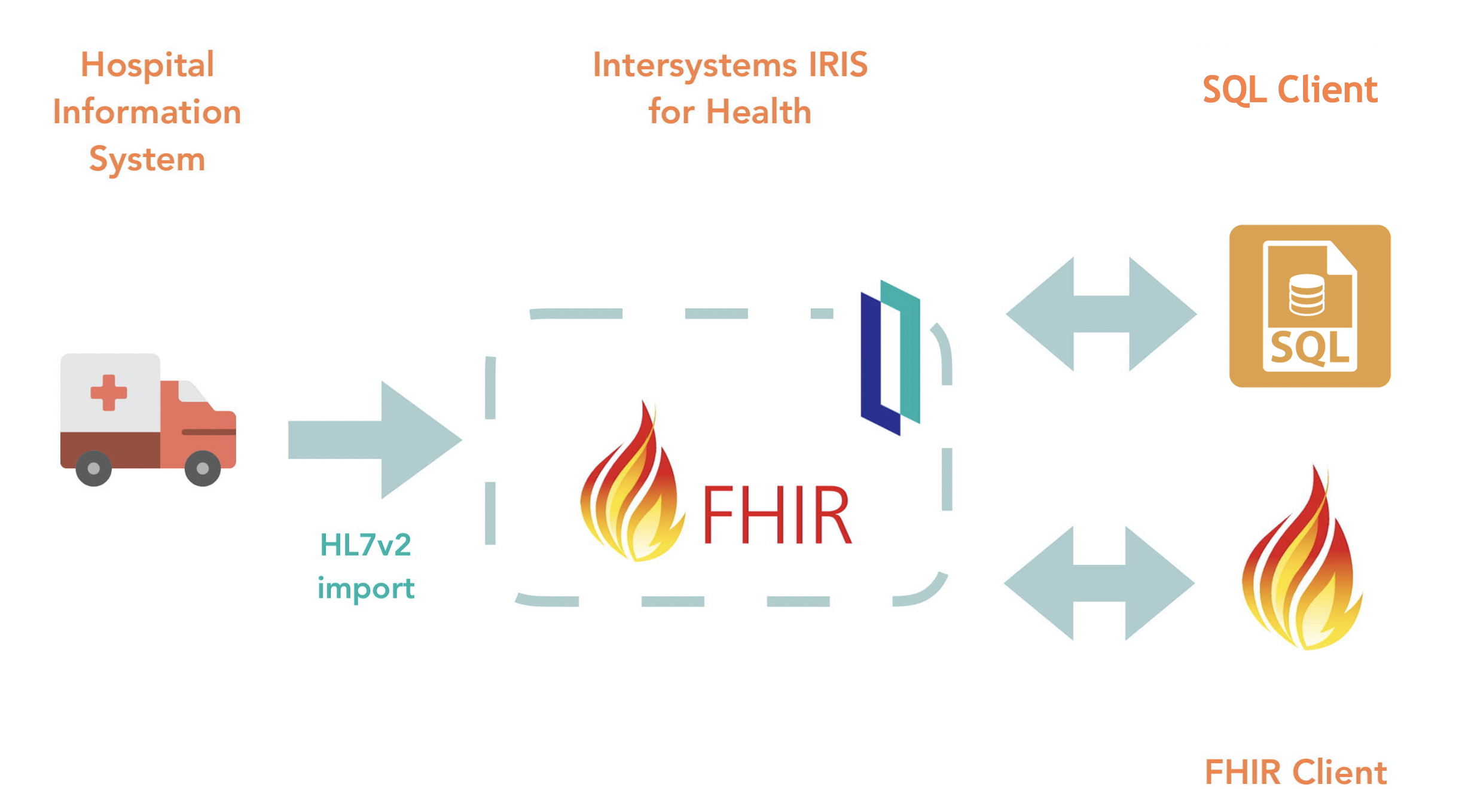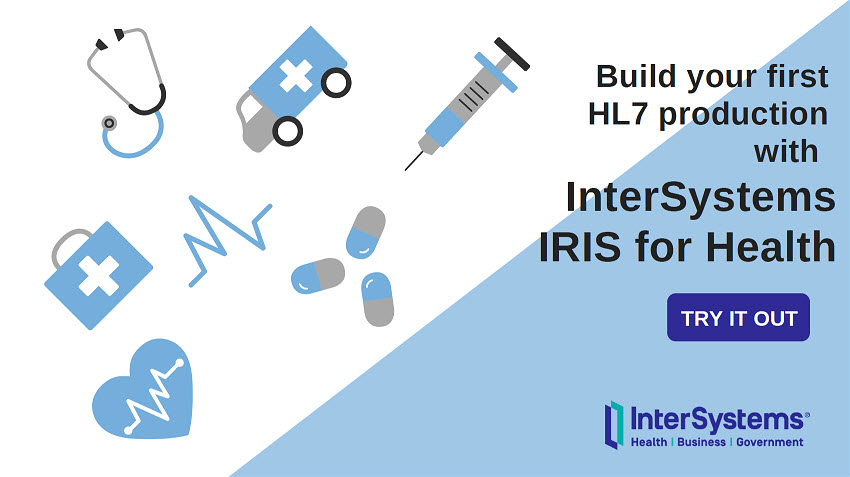Hi,
Can anyone point me to an example of a DTL & Class method that can pull a base64 encoded PDF out of a MDMT02 message?
This is really asking for two things;
- how to make a DTL that extracts a specific subfield of an HL7 2.3 message into a message of its own,
and
- how to transform an base64 encoded document into its original binary form for writing to a file.
I'd also love to see an example of an HL7 2.n MDM^T02 ==> HL73.ITK2 non-coded CDA


.png)


